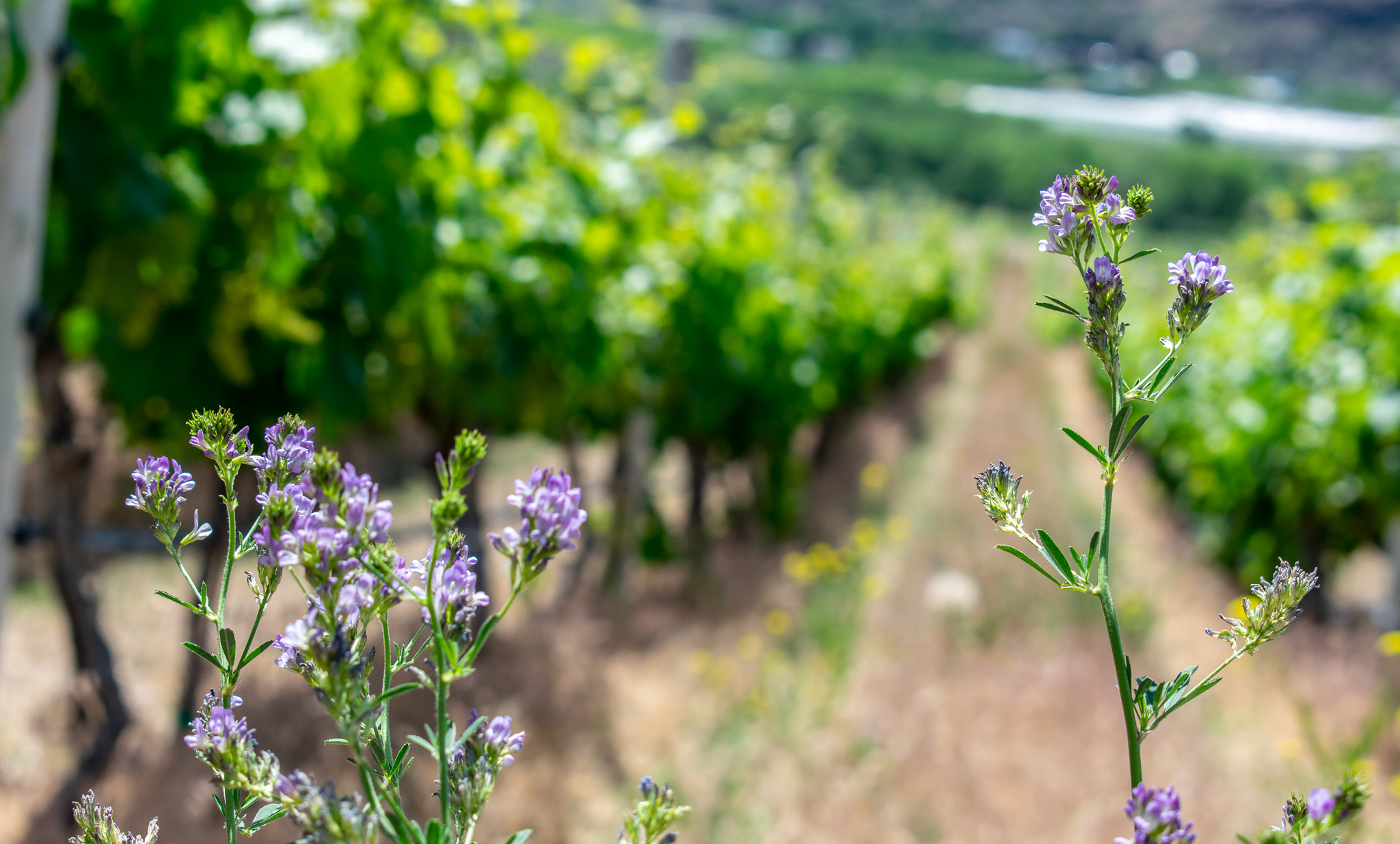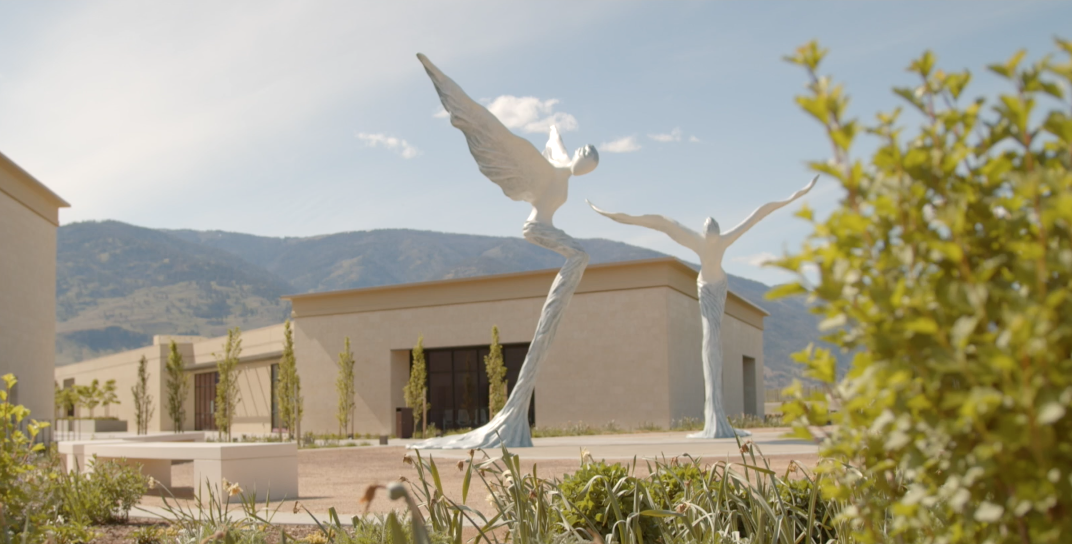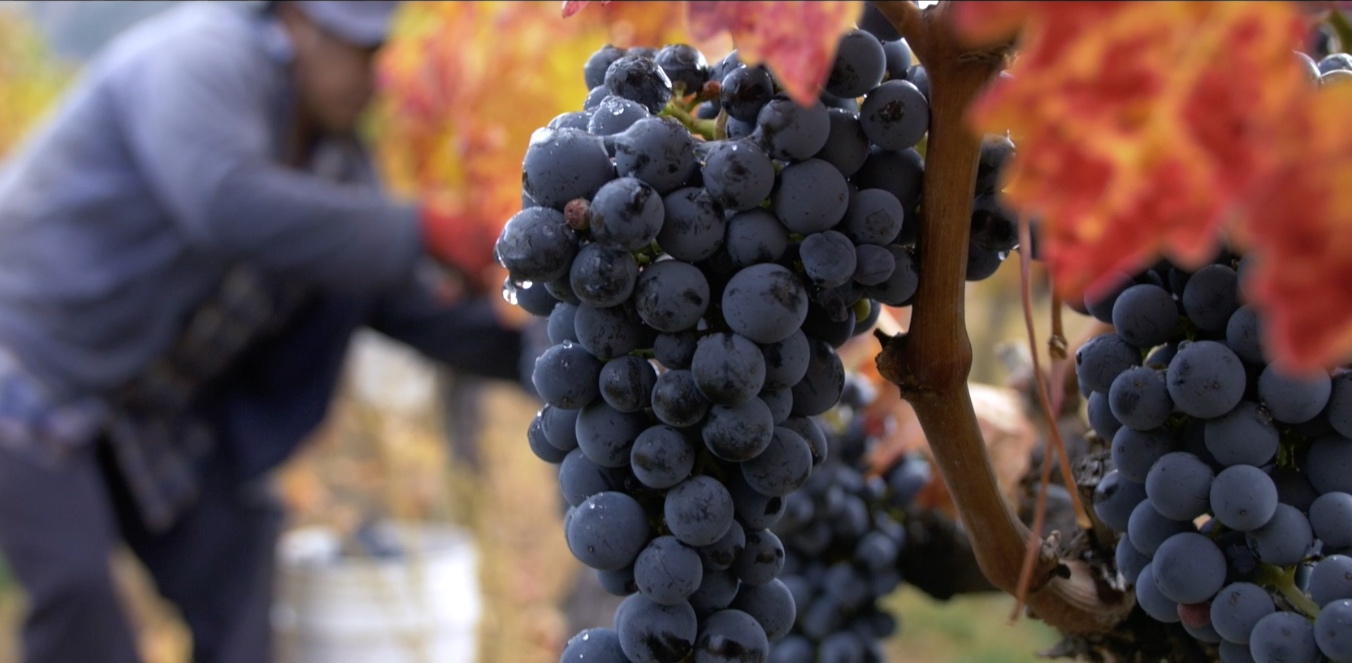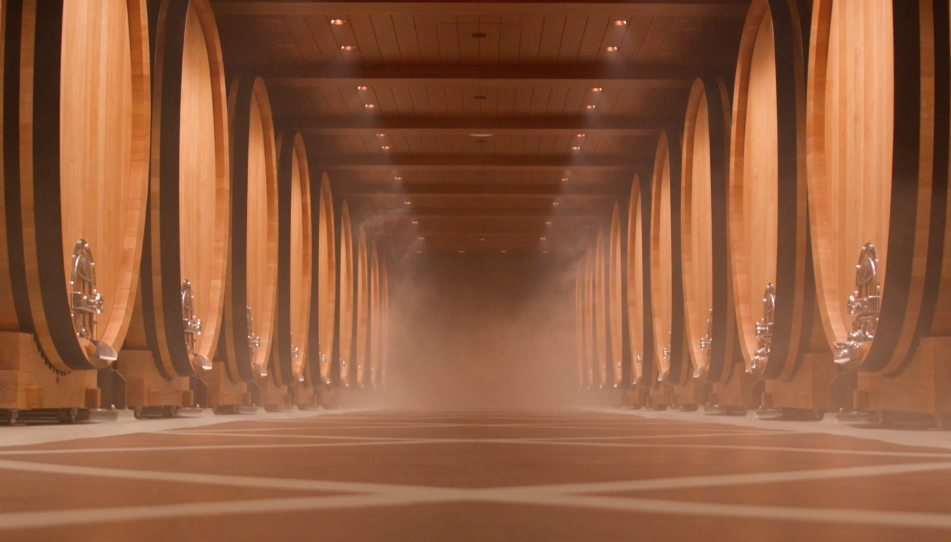Organic farming is a prerequisite for biodynamic certification. However, biodynamics is much more prescriptive than organic certification. We are strong proponents of biodynamics because it codifies good farming practices. The aim is not just to forgo chemical pesticides and fertilizers, but also to foster a self-regulating ecosystem. This means minimizing any and all interventions in the vineyard.
Our transition to organic and biodynamic farming means more work by hand in the vineyard. To eliminate the use of herbicides, we use hand hoeing for weed control. However, certain plants, known as “cover crops” are kept and allowed to grow naturally. Cover crops are a natural source of nutrients, which can be tilled into the soil during growing season. Grapevines have low nutrient requirements, so we are careful to ensure that the vines are not overstimulated. By analyzing leaves from each individual block, our vineyard managers can precisely determine nutrient requirements block-by-block, and vineyard-by-vineyard. Rather than eliminating the surrounding vegetation, we want our vines to co-exist in harmony with the natural environment around them.

Yarrow, or Achillea Millefolium, for example, grows plentifully in vineyards in the South Okanagan. It has been used as a part of healing remedies for centuries and helps to loosen the soil where it grows, allowing the roots of other plants to penetrate the soil more easily. According to our Vineyard Manager, John Pires, “Yarrow is also good for preventing Cutworm; it is our friend.” Cutworms are the larvae of various species of night-flying moths and the Yarrow drives them away, preventing the Cutworms from eating and damaging vines.

Canada Bluegrass is another species of plant used as a cover crop. Also known as Poa compressa, Canada Bluegrass grow well in dry, well-trafficked areas. The roots of Canada Bluegrass have creeping root stalks that have soil-binding characteristics, which make them very useful for erosion control. It requires a lot of sun to grow, which makes it perfectly suited for the Black Sage Bench.

White Clover, or Trifolium repens, is also found in our vineyards. It is a good companion to the other surrounding plants as it has the ability to fix nitrogen, meaning that it converts the metabolically useless di-nitrogen into useful ammonia. Much like Yarrow, White Clover has historically been used in medicinal treatments and is grown and cultivated for many purposes.

Just as our winery is coloured to blend in with its surroundings, our vineyards coexist with the flora and fauna of the South Okanagan so they can work in unison. This helps to keep the surrounding environment healthy and balanced, and our vineyards more sustainable.
Receive our latest blog post in your inbox by joining our mailing list:
Error: Contact form not found.






